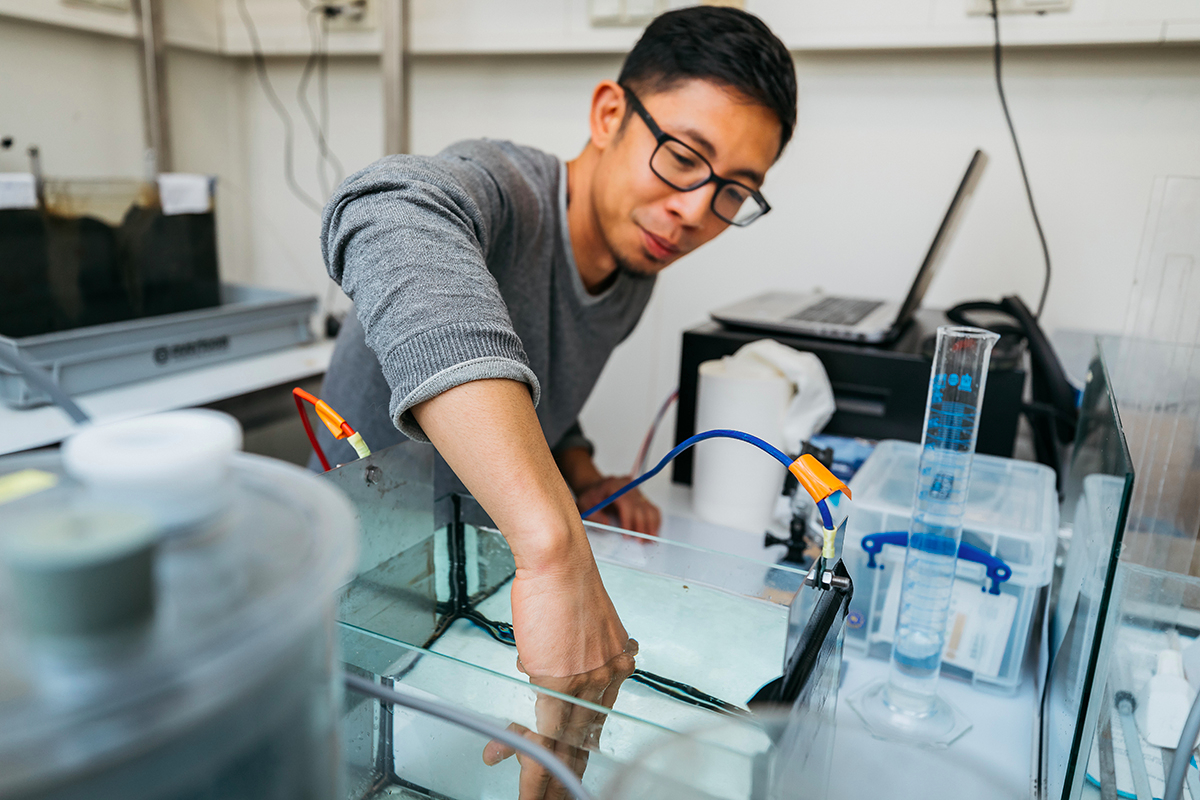Research on pulse trawling continues: both trawling methods affect oxygen and nutrients in seabed
First comparison
NIOZ researchers compared the biogeochemical impact of both trawling methods in the first ecosystem-based study on pulse fishing. ‘Trawling disturbed the sediment on the seafloor which removed chlorophyll a’, says NIOZ researcher and first author Justin Tiano. ‘We saw that oxygen penetrated deeper into seafloor after trawling and that the benthic community consumed less oxygen. From these observations, we concluded that the loss of chlorophyll a from the seabed meant less food was available for benthic animals and bacteria. This slowed down the overall metabolism of the seabed community.’
The study was carried out in the extensively researched ‘Frisian Front’ area of the North Sea. Data was gathered before and after commercial trawling and also in a non-trawled reference site. Seabed samples were collected and investigated on board the NIOZ research vessel ‘Pelagia’ while landing probes were dropped onto the seafloor to obtain data on changes in the oxygen and nutrient levels.
Electrical disruption
Tiano is also investigating whether the electricity used in pulse fishing disrupts benthic organisms. ‘For example, does it harm the ability of benthic animals to actively flush their burrows with seawater?’, he says. ‘If so, that can harm the living conditions for benthic organisms as burrow flushing loosens and provides oxygen to the sediment and maintains the balance of nutrients. The ongoing research will hopefully provide more clarity about the long-term effects of trawling on benthic communities.’
Wider implications
This study revealed that trawling can release carbon buried in the seabed. This could have wider implications for ocean carbon chemistry and possibly climate change. Tiano, nevertheless, sounds a cautious note. ‘Our results only apply to one type of sediment, and we do not know if other sediments release different amounts of carbon. So these wider implications are interesting but remain mere speculation for now. What we can say is that regardless of the EU decision, our research shows that pulse trawling has a reduced effect on benthic ecosystems compared to traditional beam trawling, though its impact can still be significant.’
This research is a work package within the Impact Assessment Pulse Trawl Fishery (IAPF) project. IAPF seeks to provide the scientific evidence needed to support decisions about whether pulse trawling can be accepted as a commercial fishing method in the EU.
